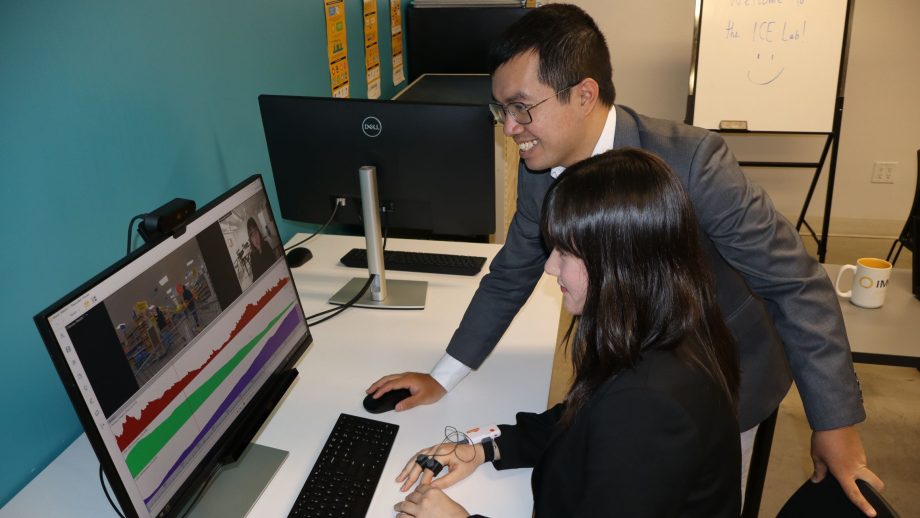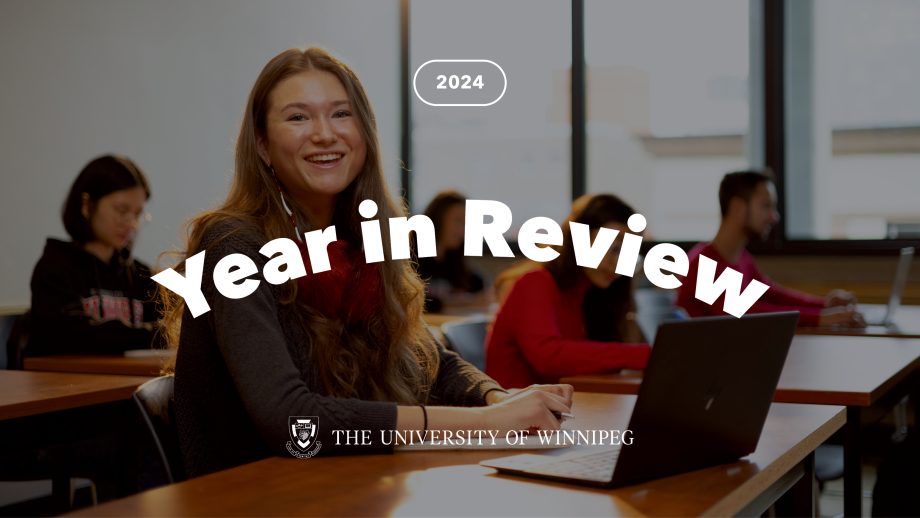A University of Winnipeg student and professor are hoping to better understand the experiences of Chinese immigrants who arrived in Canada between 1885 – 1923 through a research project this summer.
Callum Goulet-Kilgour and Dr. Hugh Grant, Dean of the Faculty of Business and Economics, are using database records and linking them to census manuscript records and other sources to trace the social and economic integration of Chinese newcomers during the aforementioned timeframe.
This research, which has a personal connection for Grant, started five years ago when he first obtained access to the Chinese head tax database. He then worked with colleague Kris Inwood, University of Guelph, to learn about digital history and the challenges of linking different historical data sources.
“Invariably, research of this nature also takes on a personal dimension. We have all, to varying degrees, experienced a sense of ‘otherness,’ of being excluded, and we wrestle with our sense of identity,” Grant explained. “For me, the personal aspect is that while I’ve enjoyed a great deal of privilege in my life, I am reminded that my grandfather paid the Chinese head tax and that my grandmother could never walk very well because her feet were bound as a child. These experiences fade with each generation, but they remain and play a role in shaping how we view the world.”
As a third-year economics student, being able to work with a “world-class scholar” and “excellent mentor” like Grant is a dream come true for Goulet-Kilgour.
Knowing more about the immigration experience, whether it be from five or 150 years ago, is important for understanding what makes for successful social and economic integration.
Dr. Hugh Grant
By combining quantitative analysis with social, cultural, and political considerations, he felt this was the type of research project that makes economics a fascinating discipline.
“As someone whose grandparents immigrated to Canada, I appreciate the complexity of the immigrant experience,” he said. “Hopefully this project will capture the nuances of Chinese immigration to Canada and go beyond our data sets to tell the stories of the thousands of individuals who immigrated.”
This project is divided into three different research aspects: The Economics of Migration and Standard of Living of Chinese Immigrants in Canada; The Economic and Social Integration of Chinese Immigrants in Canada; and The Chinese Laundryman in Canada.
In the first part of their research, Goulet-Kilgour will be using anthropometric data to construct a profile of well-being in each of the immigrant-sending regions in China over a 40-year period.
“We will take into account the rising head tax to provide an estimate of each region’s standard of living,” Goulet-Kilgour explained.
Secondly, through the old Henderson Directory, which was the commercial yellow pages at the time, and census records, he will provide a portrait on the growth of the Chinese community in Winnipeg over time by tracking individuals over several decades.
And lastly, they are hoping to explore why immigrants were concentrated in certain occupations and sectors, and how the hand laundry industry co-existed with the larger factory steam industry.
Goulet-Kilgour will be working on all aspects of the project, ranging from data management and empirical analysis to modelling the migration decision and conducting a literature review on the overlap of ethnocultural identity and socioeconomic integration.
By the fall, the pair hopes to know more about the experiences of Chinese immigrants from that time period.
“Knowing more about the immigration experience, whether it be from five or 150 years ago, is important for understanding what makes for successful social and economic integration. As a country, we seek to provide a welcoming culture for newcomers, but there is no denying our long history of animosity to immigrants,” Grant said.
“As an undergraduate, having this opportunity is really exciting. I hope to gain an in-depth understanding of this topic and type of research,” Goulet-Kilgour noted. “Hopefully we will have some insights and conclusions about the Chinese-Canadian experience, as well as broader issues relating to early 20th-century Canadian labour history.”





